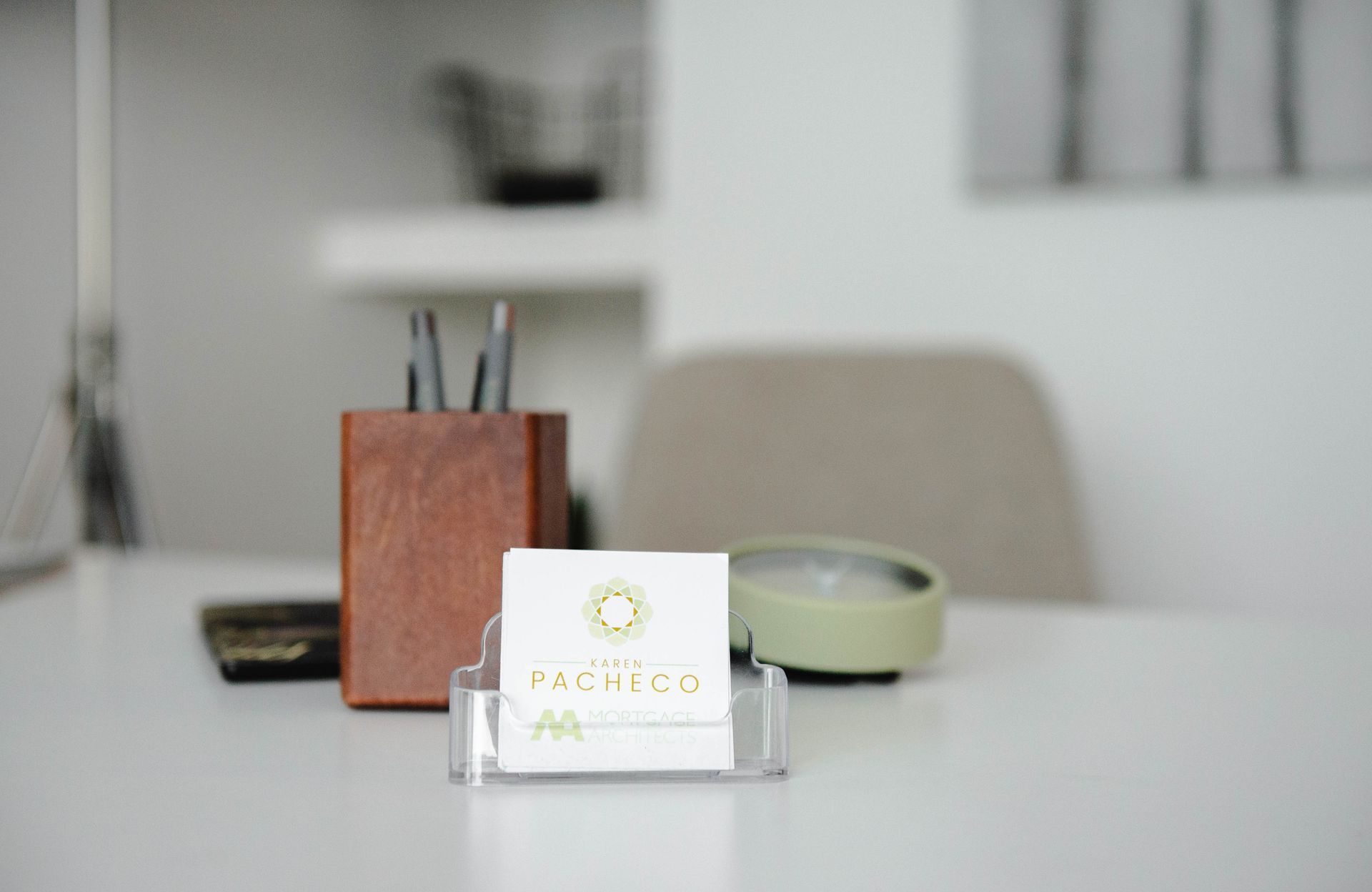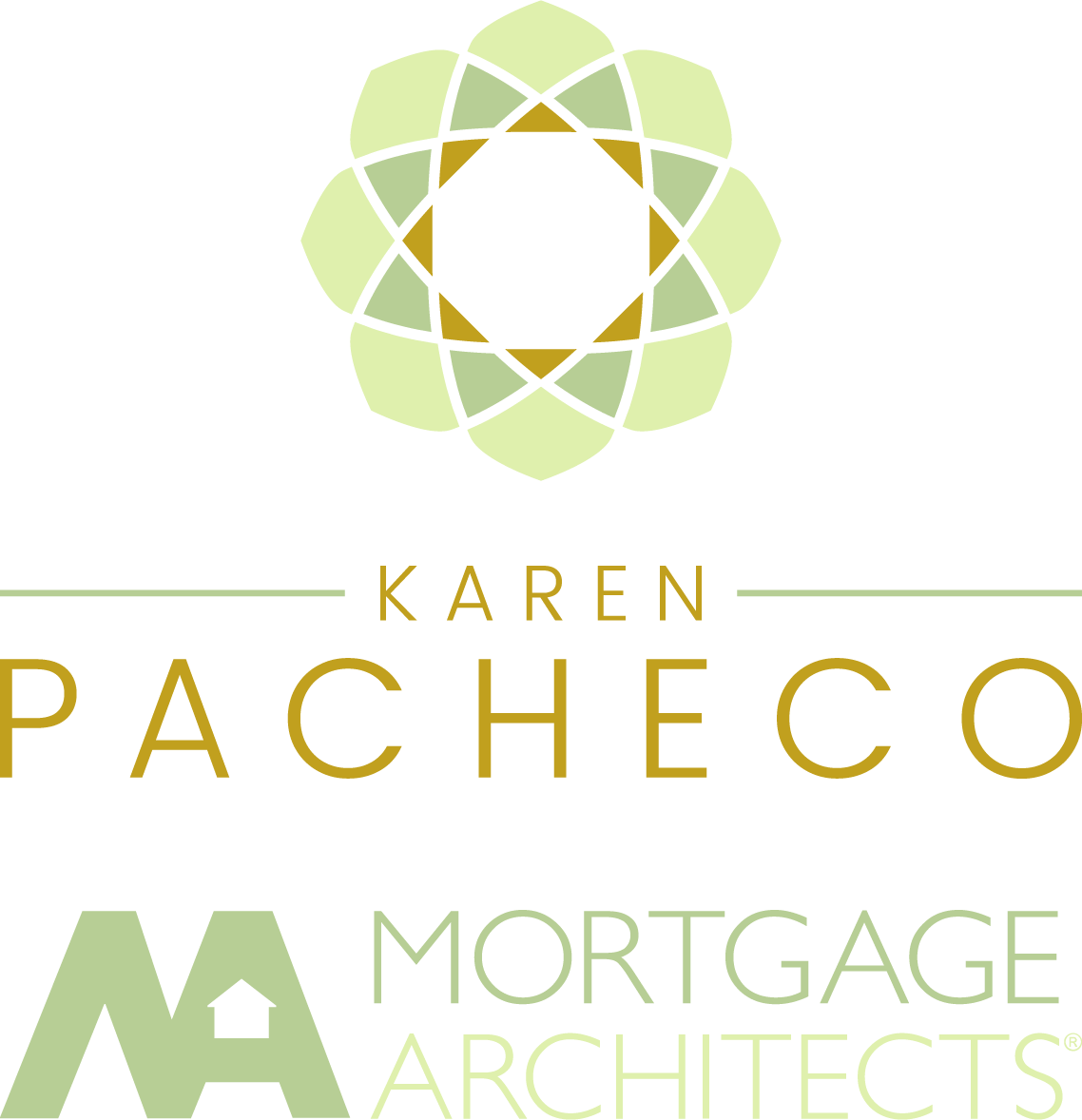Traditional vs Non-Traditional Down Payments: A Complete Guide for Homebuyers
Thinking about buying a property? One of the first and most crucial decisions you'll face is how to handle your down payment. Understanding your options can make the difference between a smooth home-buying journey and unexpected challenges along the way.
Understanding the Basics of Down Payments
Before diving into your options, let's clarify the fundamentals. In Canada, the minimum down payment typically starts at 5% of the purchase price, but this can vary based on several factors. Your required down payment might increase depending on your employment status (especially for self-employed individuals), the type of property you're buying (multi-family units often require more), and whether you plan to live in the property or use it as an investment.
Want to avoid mortgage insurance premiums? You'll need to put down at least 20% of the purchase price. While this might seem like a steep requirement, it can save you thousands in insurance costs over the life of your mortgage.
Traditional Down Payment Sources: The Conventional Route
Personal Savings and Investments
The most straightforward approach to building your down payment is through personal savings. This can include funds from your bank accounts, Tax-Free Savings Account (TFSA), and other investments. Remember that most lenders require these funds to be in your account for at least 90 days before purchase - this is known as "seasoning" your down payment.
The RRSP Home Buyers' Plan and FHSA
First-time homebuyers have access to some powerful tools. The Home Buyers' Plan allows you to withdraw from your RRSPs, while the First Home Savings Account (FHSA) offers a tax-advantaged way to save specifically for your first home.
Family Support Options
Two popular traditional sources involve family assistance:
- Non-refundable gifts from relatives, properly documented with a gift letter
- Gifts of equity, where family members sell their property below market value, using the difference as your down payment
Other Traditional Sources
Inheritance funds and proceeds from selling another property also qualify as traditional down payment sources. These options are generally well-received by lenders as they don't increase your debt load.
Non-Traditional Down Payment Sources: Alternative Approaches
Non-traditional sources can provide alternatives when conventional options aren't available, but they come with important considerations. Typically, you'll need excellent credit to qualify, and some mortgage insurers, including CMHC, may not insure loans with non-traditional down payments.
Personal Loans and Lines of Credit
While it's possible to use personal loans or lines of credit for your down payment, most lenders view this option cautiously. After all, the purpose of a down payment is to demonstrate your ability to save and manage money effectively.
Repayable Family Loans
Unlike gifts, repayable loans from family members fall into the non-traditional category. If you choose this route, ensure you have a clear, written agreement outlining repayment terms to prevent future misunderstandings.
Additional Support Programs
Don't forget to investigate local homebuyer assistance programs. Many municipalities offer initiatives to help first-time buyers or specific groups of purchasers. These programs can provide additional funds or favorable terms that make homeownership more accessible.
Making Your Decision
When choosing between traditional and non-traditional down payment sources, consider:
- Your current credit situation
- Long-term financial implications
- Mortgage insurance requirements
- Lender preferences and requirements
- Your timeline for purchasing
Final Thoughts
Building your down payment is a crucial step in your homebuying journey. While traditional sources are generally preferred by lenders, the right choice depends on your unique situation. Consider consulting with a mortgage professional to understand which options best suit your circumstances.
Need help determining the best down payment strategy for your situation? Contact our mortgage professionals for personalized guidance.



